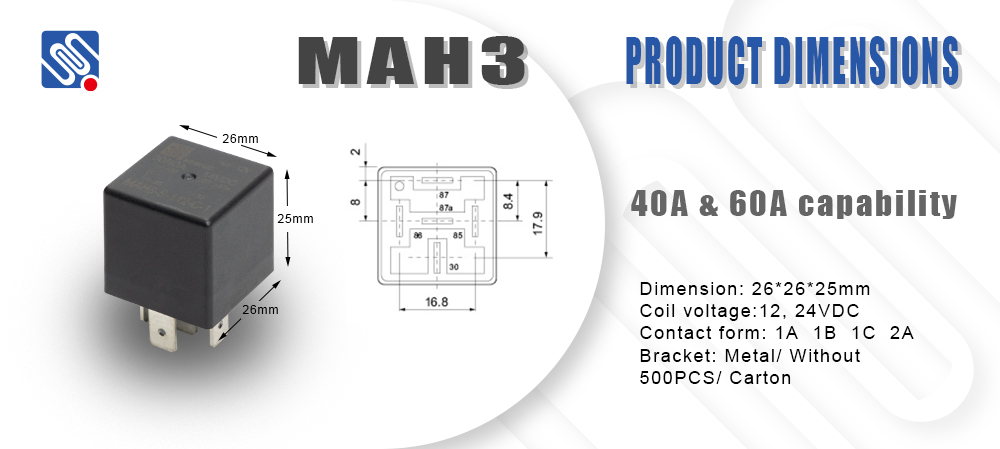relay troubleshooting: a comprehensive guide for effective diagnosis and repair
Release time:2025-06-07 00:39:56
Relay troubleshooting is an essential skill for anyone working in electrical systems, automation, and industrial control applications. Relays are widely used to control electrical circuits by opening or closing contacts, enabling or disabling the flow of electricity based on an input signal. While they are relatively simple devices, relays can malfunction due to a variety of factors, ranging from electrical issues to mechanical failures. In this article, we will explore common relay problems, troubleshooting techniques, and tips for effective diagnosis and repair.

Understanding the Role of Relays
A relay functions as an electrical switch that uses a low-voltage signal to control a higher-voltage circuit. It consists of a coil, an armature, and a set of contacts. When the coil is energized by an input voltage, it creates a magnetic field that moves the armature, causing the contacts to either open or close, depending on the relay's design. This allows the relay to control large currents with a small electrical signal.
Common Relay Issues
Despite their relatively simple operation, relays can encounter various problems, most of which can be diagnosed and repaired with basic troubleshooting skills. Here are some common issues:

